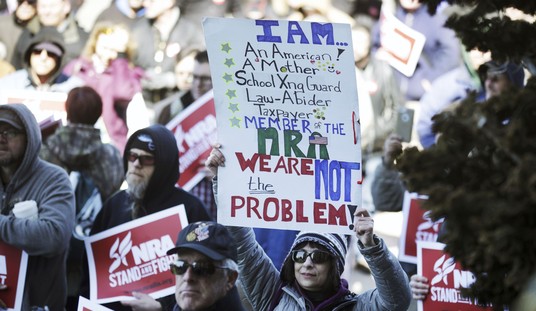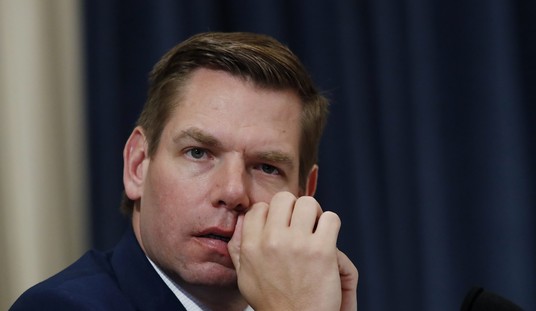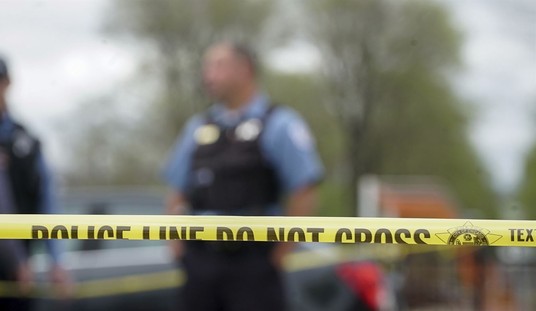Curtis Deal, a violent 18-year-old who had been arrested on gun or drug charges three times this month, was released on bail this past Monday, under strict orders from Judge Nicole Taylor that he was to go to school and then home and nowhere else.
The next day about 3 p.m., Deal was fatally shot by a Baltimore police detective after allegedly jumping out of a vehicle being tailed by officers and fleeing through the same neighborhood where he’d been arrested the week before. Police said the detective chasing Deal shot him because he feared for his own life. The officer’s body camera captured Deal pointing his gun at the detective just before the shooting.
…
Police released body camera footage of the shooting Thursday, identifying Detective David Kincaid Jr. as the officer who fired and struck Deal four times in the abdomen, hip and finger. Police Commissioner Kevin Davis said that the shooting was justified and that he was proud of Kincaid for his brave work.
“I expect police officers to chase people who bail out of cars with guns,” Davis said.
Davis also criticized Judge Taylor’s decision not to keep Deal in custody Monday, saying his department “could very well be planning a police funeral right now.”
The murders in Baltimore are coming at the pace of more than one a day in 2017, perhaps proving the folly of an incompetent city government that gave rioters “room to destroy” after the death of low-level drug dealer Freddie Gray. The failed show trials of Baltimore police for Gray’s death in police custody brought the so-called “Ferguson effect” to Charm City, and as police went into a defensive mode after being attacked by city leaders more willing to bow to mob hysteria than support law enforcement.
Curtis Deal’s death is being used to highlight the failed revolving door criminal justice system that sees violent repeat offenders put back on the street to offend again and again.
Thanks to the body camera worn by one of the officers attempting to take Deal into custody, it also highlights the split-second decisions that happen in a gunfight.

Deal rounds the corner in front of the officer with a gun clearly visible in his right hand, just ahead of the officer.

Recognizing the clear threat Deal poses, the officer chases after him with his gun raised.

Deal realizes the officer is closing in on him and turns.

Deal begins to raise his gun at the pursuing officer, and the officer opens fire.

Deal goes down quickly.

From the time Deal turned and raised his gun to the time he’s hit and on the ground hit by four bullets from the officer is just two seconds.
Two seconds.
Armchair critics of law enforcement officers tend to share one common trait; they have very little or no relevant firearms training (particularly scenario-based force-on-force training), and they have no understanding of just how fast an encounter can turn deadly.
We ask law enforcement officers to make split-second life-or-death decisions, and then rip those decisions apart in frame-by-frame detail at our leisure, often from heavily-biased and irrational perspectives.
While officers must be held accountable when do things they should not, we as citizens need to develop a better understanding of the risks they take, and not go on witch hunts based on often incomplete or sometimes entirely false reporting.









Join the conversation as a VIP Member